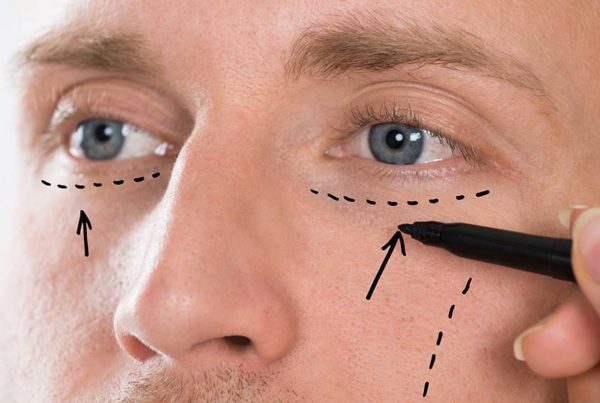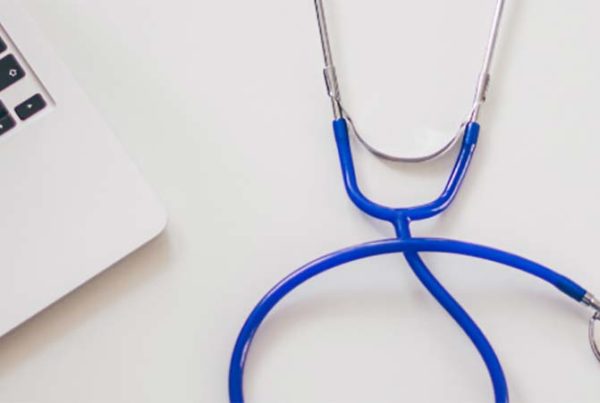
It might seem like a funny question. But today’s facelift is not, as many people think, a single operation that lifts the face. So, what is it exactly?
The name ‘facelift’ is a slang term and it is not that helpful because it suggests that something is lifted. It implies a kind of pulling appearance and this creates an expectation that it won’t look natural.
Facelift surgery has evolved a lot over the past 100 years. Today it is a very complex area of plastic surgery and there are quite a few misconceptions about facelift surgery in the general community. I think this is partly due to the popular culture around celebrities and plastic surgery, but I believe it’s also because when many people think of facelifts, they think of the early history of facelift surgery where skin was pulled tight. You can read more about this in my last post The fascinating history of the facelift.
In terms of understanding what happens in facelift surgery, the name ‘facelift’ doesn’t really help. The medical term for a facelift is ‘rhytidectomy’ which means excision of wrinkles. ‘Rhytid’ is the Latin word for wrinkle, so that’s not a very helpful description either. I think most people would agree that the modern facelift is about far more than just removing wrinkles.
To add to the confusion, common perceptions of facelift surgery are greatly influenced by celebrities who have had visible and obvious cosmetic surgery. Many well-known people have had facial surgery, but the media often focus on ‘bad’ facelifts, when celebrities have obviously had surgery and look odd as a result.
The truth is that a good plastic surgeon can achieve results that are minimally detectable if the procedure is performed carefully and the person hasn’t had multiple procedures. People often fear that if they have a facelift they’ll look odd or strange and it will be obvious that they have had surgery. When someone starts to look like they have obviously had plastic surgery, it’s usually because they chose to have an extreme procedure or they have had multiple procedures over a period of time.
Modern facial rejuvenation surgery is really a number of different specific techniques that are chosen to suit the needs of the individual face. Every face has its own pattern of ageing and every patient has their own unique concerns. So, a skilful facelift is designed not just to lift the face, but to improve the appearance in an undetectable way.
For example, as we age, it’s very common to lose volume in the upper face, around the cheek and the temple. To look more youthful, we need to restore that volume. Simply lifting the cheek with a SMAS procedure won’t necessarily make you look younger. It’s more effective to add a technique that re-volumises the area.
And it’s not just our skin that changes with ageing – our skeleton changes too. As young adults, we have a thicker, stronger skeleton with thicker and more prominent bones. Over the years as our face ages, our skull shape does too. Our cheeks and chin flatten with time, changing the shape of the face even more. Restoring bony prominences or building prominences over the bones can be important to improve the appearance of the face and these procedures are often incorporated when we plan a modern facelift.
To rebuild the bony prominences of the skull, surgeons may use soft tissue augmentations or fillers or hard tissue augmentation such as cheek or chin implants. In some cases, we use materials such as hydroxyapatite which is a bone substitute derived from coral. So now we have a situation where we are looking at repositioning sagging structures, adding volume and restoring skeletal elements.
Finally we look at the surface of the skin itself. The skin ages with us, so many people benefit from skin improvement techniques like laser resurfacing to achieve a more youthful appearance.
As part of facial rejuvenation, it’s very important to reposition and improve the appearance of the upper face such as the brow, the upper eyelid, the lid cheek junction and the upper cheek. The temple can also become hollow and accentuate the appearance of ageing and these type of corrections are often part of the surgical plan.
However, the lower face is the most common area of concern in terms of people ageing, especially the loosening of the skin around the mouth, deepening of the nasolabial folds around the mouth, development of a jowl and concerns with the neck and jawline. Again, the procedures we use to improve these are more to reconstruct the strength of the natural muscle slings and create a youthful appearance than what you’d call a true lift.
So… maybe it’s time to think of a new name for the facelift. If you have any suggestions, please let me know!





